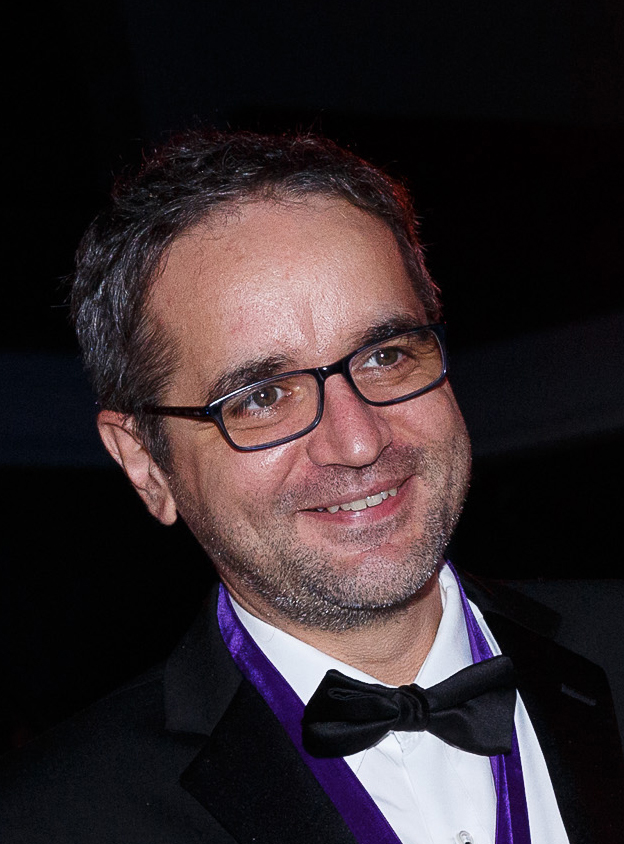Kurt Mislow Annual Lecture in Stereochemistry: Mircea Dincă
The Kurt Mislow Annual Lecture in Stereochemistry will be presented this week by Mircea Dincă, the W.M. Keck Professor of Energy at the Department of Chemistry, Massachusetts Institute of Technology.

Dincă’s talk is titled, “Surprising Properties of 2D Metal-Organic Frameworks.” The program begins at 4:30 p.m. on Thursday, Nov. 4 in Frick Lab’s Taylor Auditorium. The lecture is open to the campus community. Due to COVID-19 restrictions, Princeton University requires all guests to register and confirm that they are fully vaccinated here.
The lecture will be followed by a reception in Frick Atrium.
The annual series honors the life and work of Kurt M. Mislow, the Hugh Stott Taylor Professor of Chemistry Emeritus and a pioneer in the theory of modern stereochemistry, who died in October of 2017. A principle focus of his research was introducing the concepts of symmetry and chirality into stereochemistry to better understand how structure relates to function.
The annual lecture was not held in 2020 because of restrictions surrounding COVID-19.
Dincă’s lecture on Thursday will focus on the following:
“The emergence of electrically conductive metal-organic frameworks (MOFs) has been one of the most paradoxical developments in the field in the last few years. Indeed, how can one transport charges through a material that is mostly ‘empty’ space? In this sense, MOFs made from layers of organic ligands connected by (typically) square-planar metal ions have shown particularly good electrical conductivity. However, a precise mechanism for charge transport is still the subject of debate, with various experimental and computational reports describing these materials as metals, semiconductors, semimetals, or even borderline insulators. Most of the discussion on this point has been focused on the effects of in-plane metal-ligand conjugation and the efficiency of in-plane transport. This lecture will describe the latest efforts from the Dincă group to understand the intrinsic properties of these materials, especially as related to single-crystal electrical measurement studies, and will discuss in particular the unexpectedly large influence of out-of-plane transport.”
